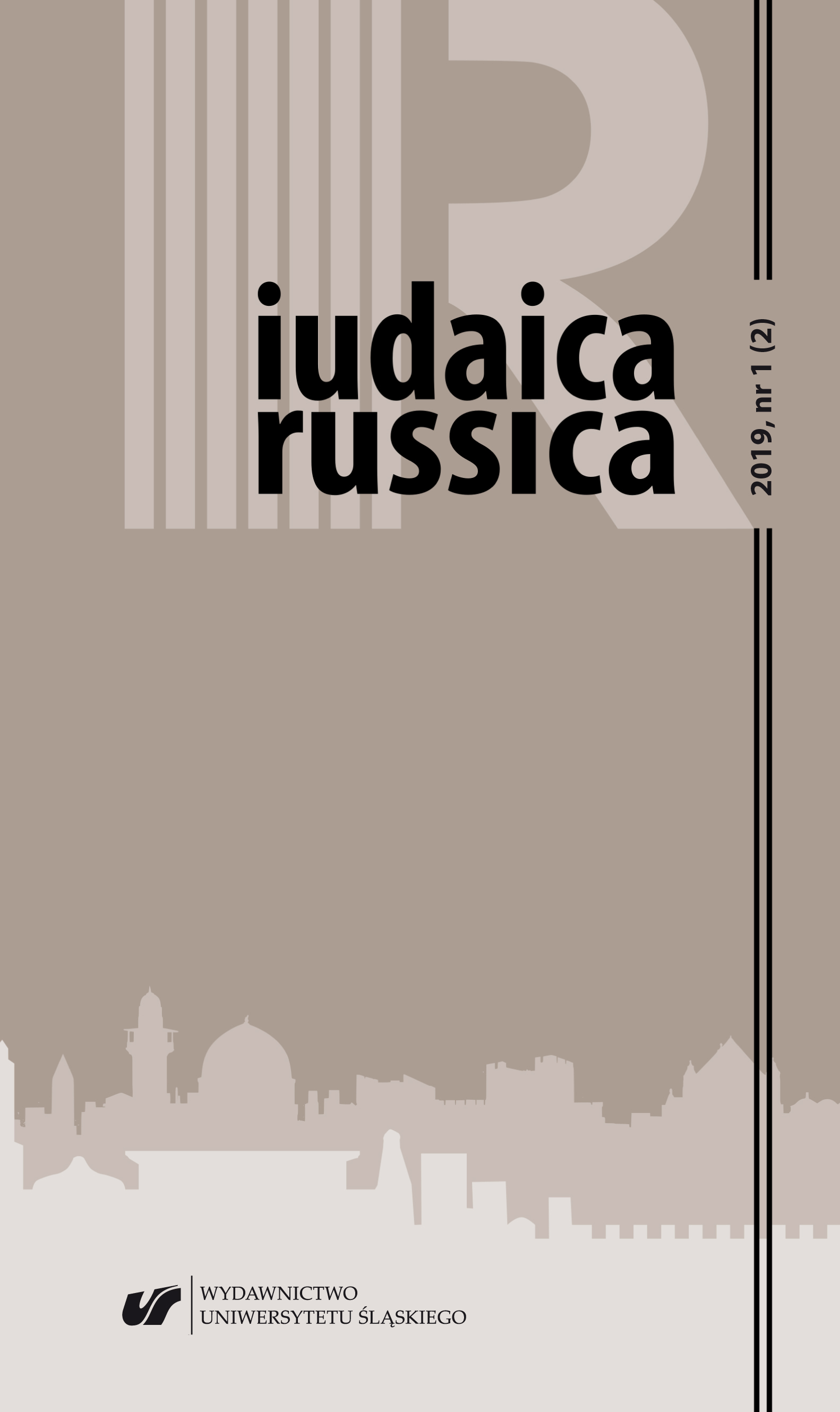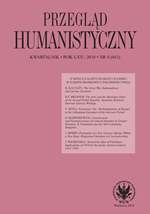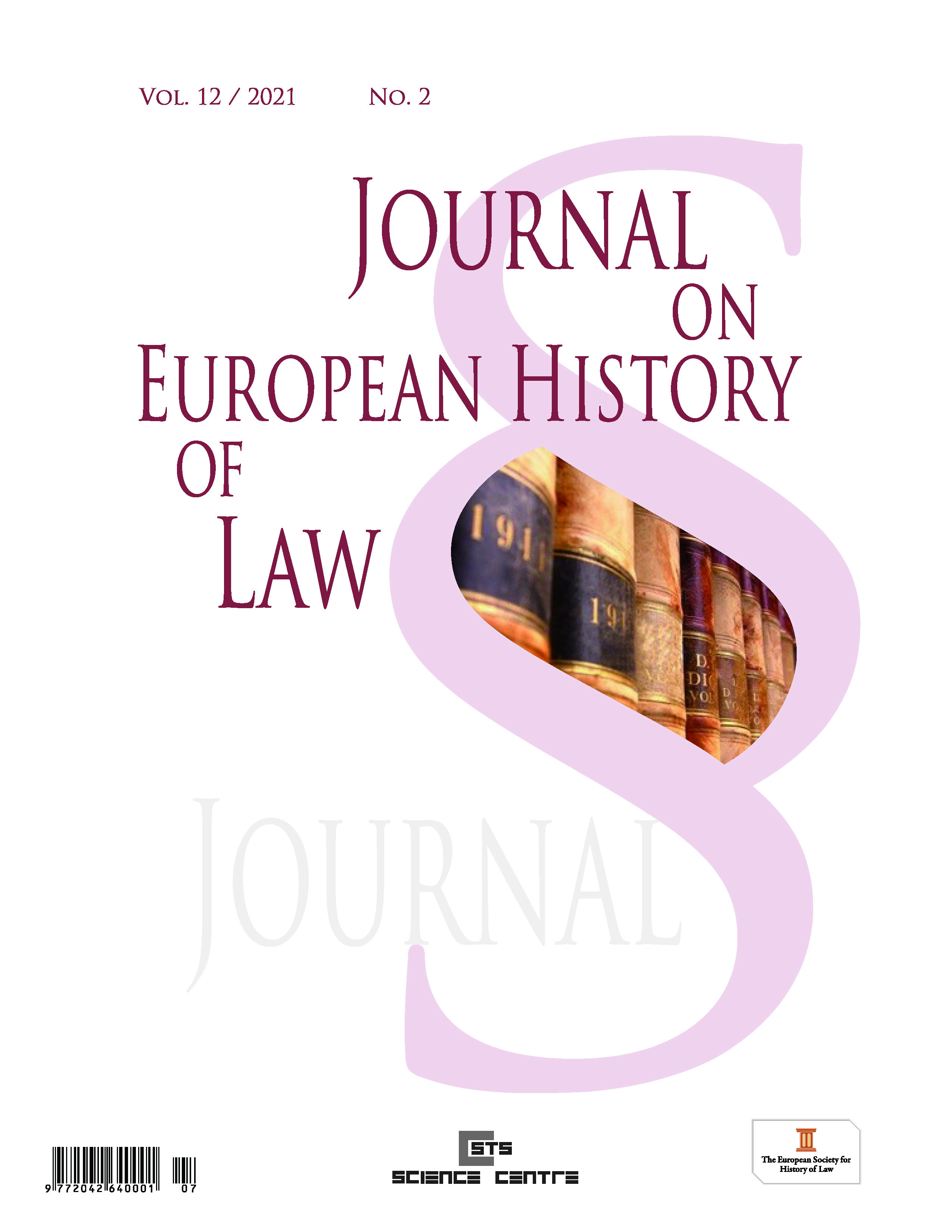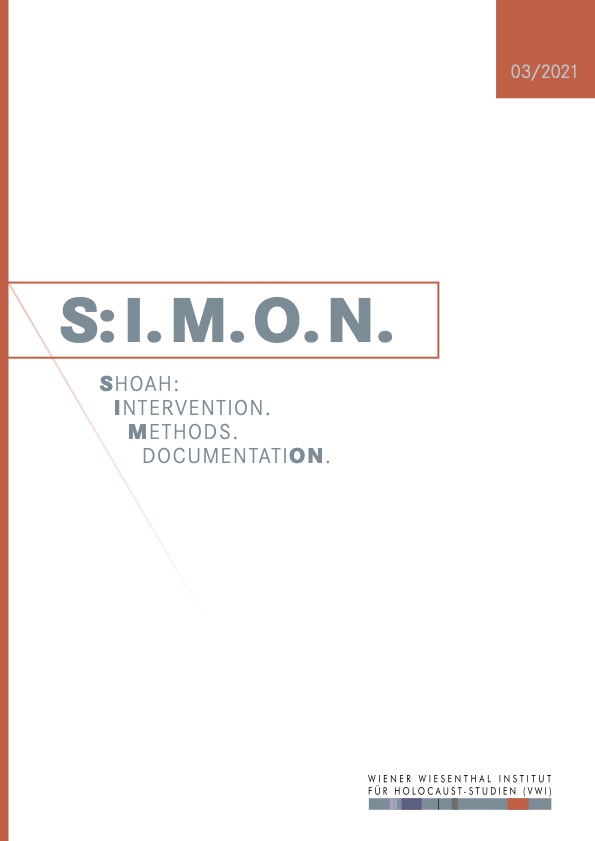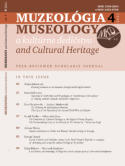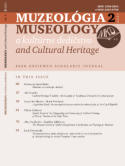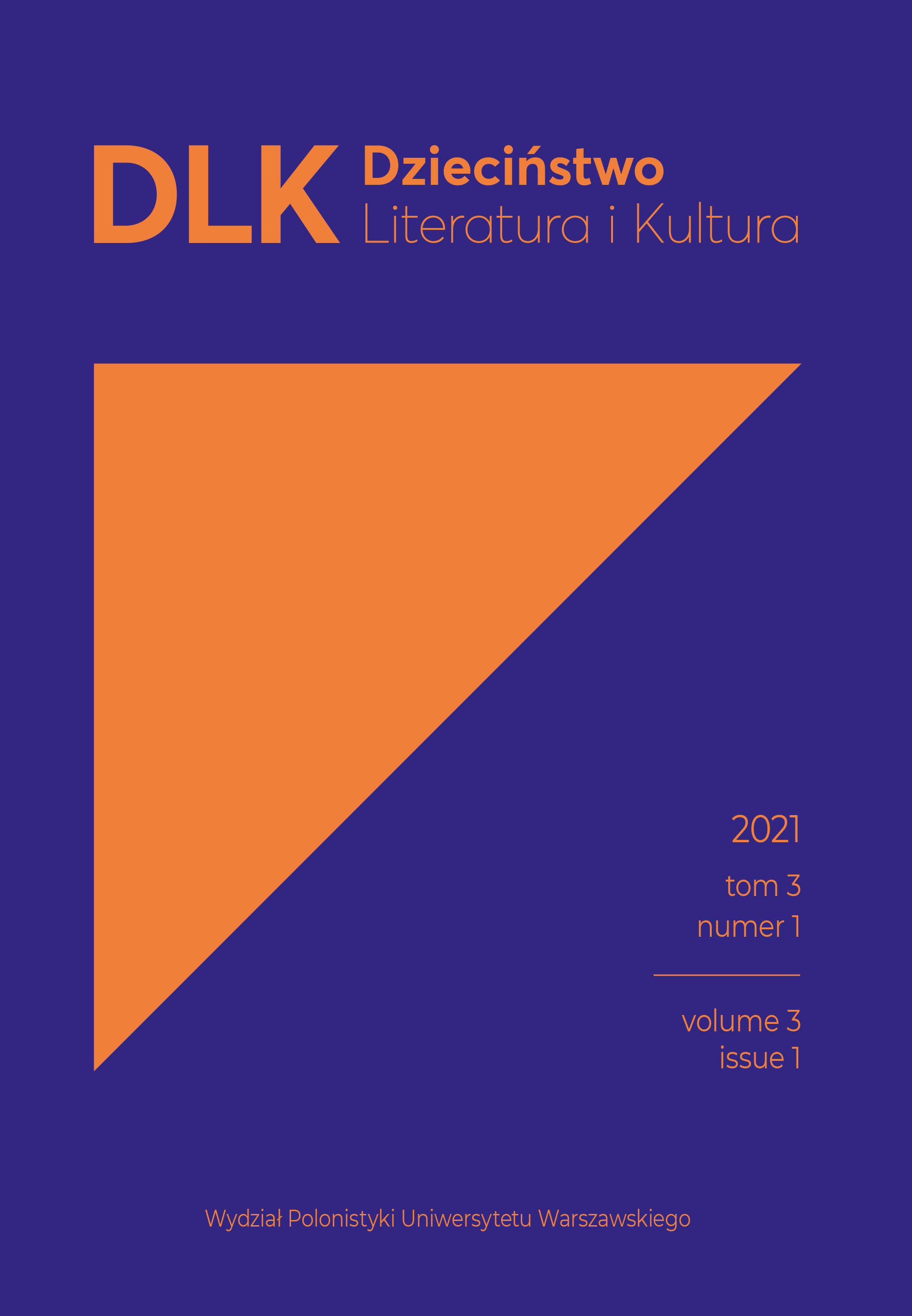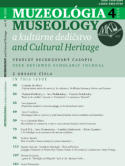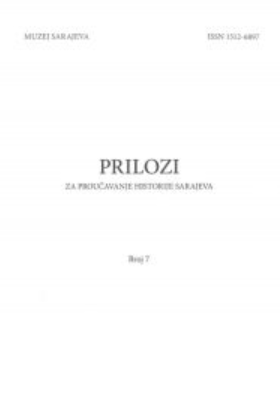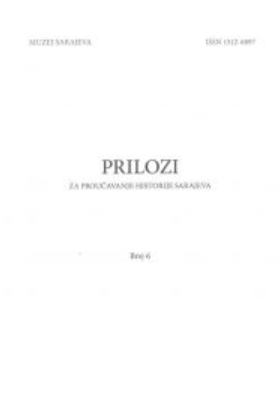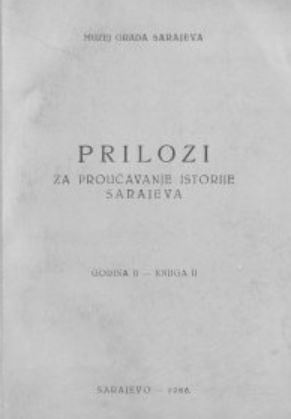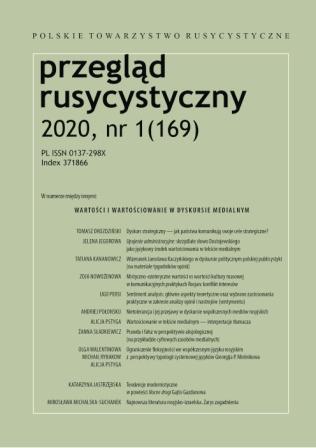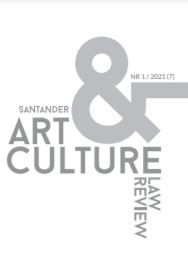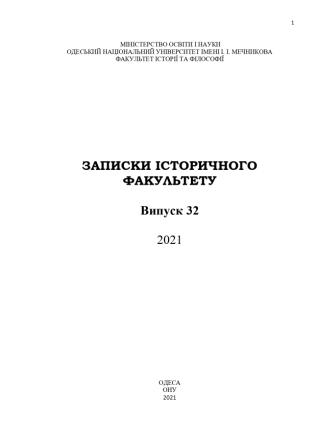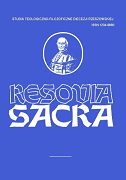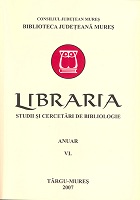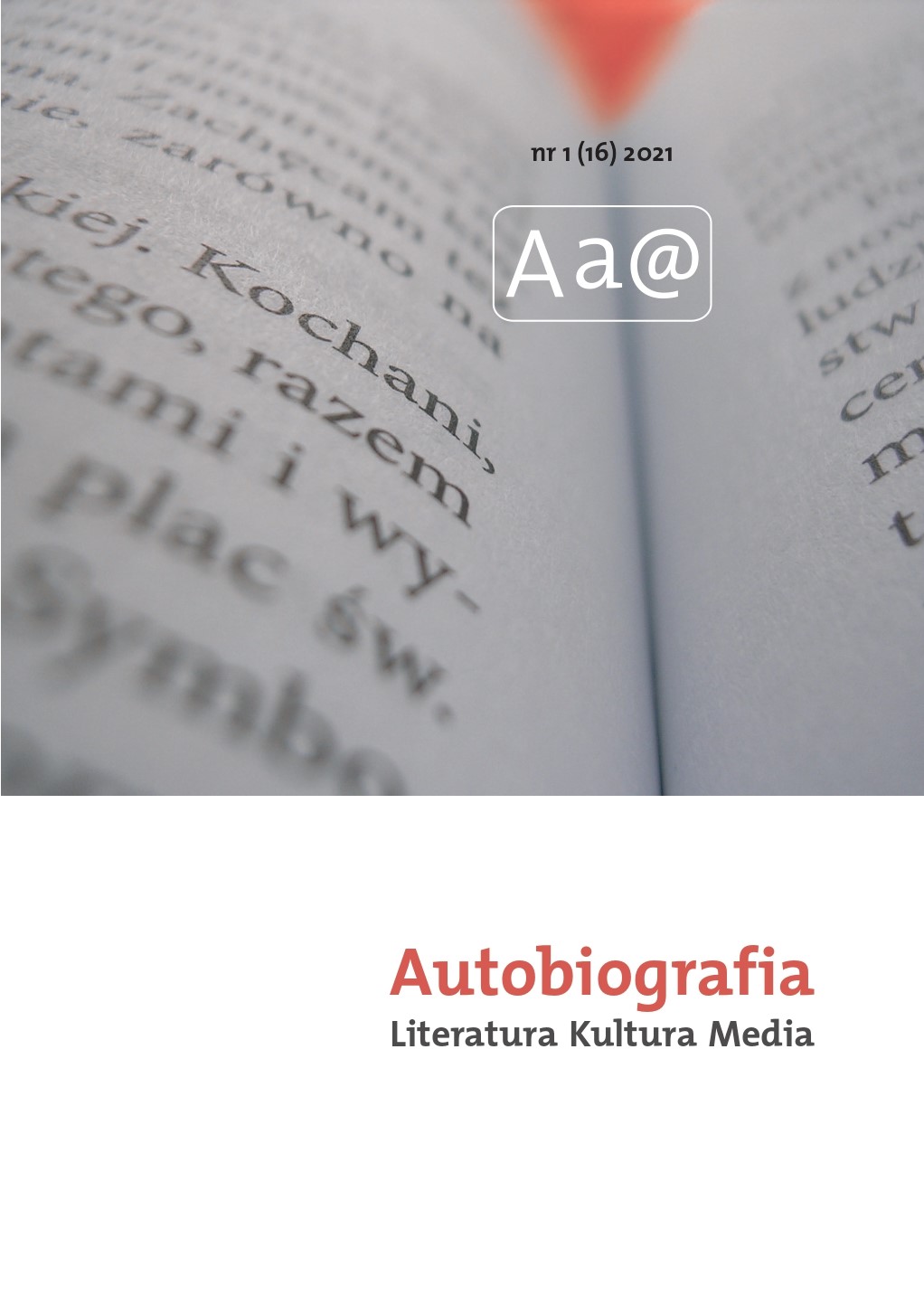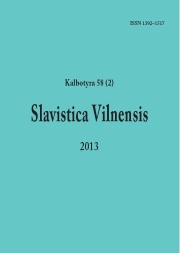
Кириллический рукописный учебникдревнееврейского языка (список XVI в.) и его учебно-методические приемы
A concise Manual of Hebrew, recently discovered in a Cyrillic manuscript miscellany of the 3rd quarter of the 16th century (Moscow, the Russian State Archive of Early Acts, F. Mazurin collection (f. 196), inventory 1, No 616, f. 124–130) is very important for the history of the Ruthenian written culture in the Grand Duchy of Lithuania. The Manual of Hebrew comprises material of three different kinds: a) some excerpts from the original Hebrew Old Testament text (Ge 2.8, 32.27–28; Ps 150; So 3.4 (or 8.2), 8.5; Is 11.12) written in Cyrillic characters; b) a bilingual Hebrew–Ruthenian vocabulary with explanatory notes; c) small quotations from the Ruthenian text of three Old Testament books (Genesis, Isaiah, Song of Songs). The meta-language used in the Manual of Hebrew is Ruthenian. The translations present in the Manual had been made directly from Hebrew. A comparison of the quotations from the Song of Songs found in the Manual and all the known Cyrillic and Glagolitic versions of this book (referring to both the manuscript and the printed sources of different periods) reveals their principal coincidence with the Ruthenian translation found in the Vilnius Old Testament Florilegium (Vilnius, Wróblewskie Library of the Lithuanian Academy of Sciences, F 19–262). The originals of the two manuscripts probably originated in the 2nd half of the 15th century in the circle of the learned Kievan Jew Zachariah ben Aaron ha-Kohen who is also known as Skhariya, the initiator of the Novgorod movement of the Judaizers (1471–1504). The Cyrillic Manual of Hebrew is a clear evidence of this language being taught/ learned in the Grand Duchy of Lithuania during the late 15th–early 16th century. The learning material and its presentation methods reveal a quite elaborate (although inconsistently implemented) pedagogical approach which puts the Manual aside from the rest of early East Slavic glossaries of the same or earlier date. Thus, the Manual presents, among other features: a) a number of original Hebrew texts written in Cyrillic, divided into small portions (each with a Ruthenian translation) which are then put together to form a continuous text; b) certain trilingual glossary entries where Hebrew, “Greek” (in reality Slavic borrowings from Greek) and Slavic words are juxtaposed, while in other cases double translations in two different Slavic languages (Ruthenian and Old Church Slavonic) are given; c) some long elaborated definitions, sometimes containing synonymous variants or alternative translations; d) information about the sources of variant Hebrew forms or their meanings; e) information on certain grammatical (gender, plural, possessive) forms and word formation (compounds), etc. It is beyond doubt that the Cyrillic manuscript “Manual of Hebrew” is a result of joint efforts of Jewish and East Slavic bookmen, but the relatively high level of pedagogical and linguistic sophistication of the joint result is to be ascribed to the Jewish compilers of the Manual rather than to their East Slavic co-authors.
More...
